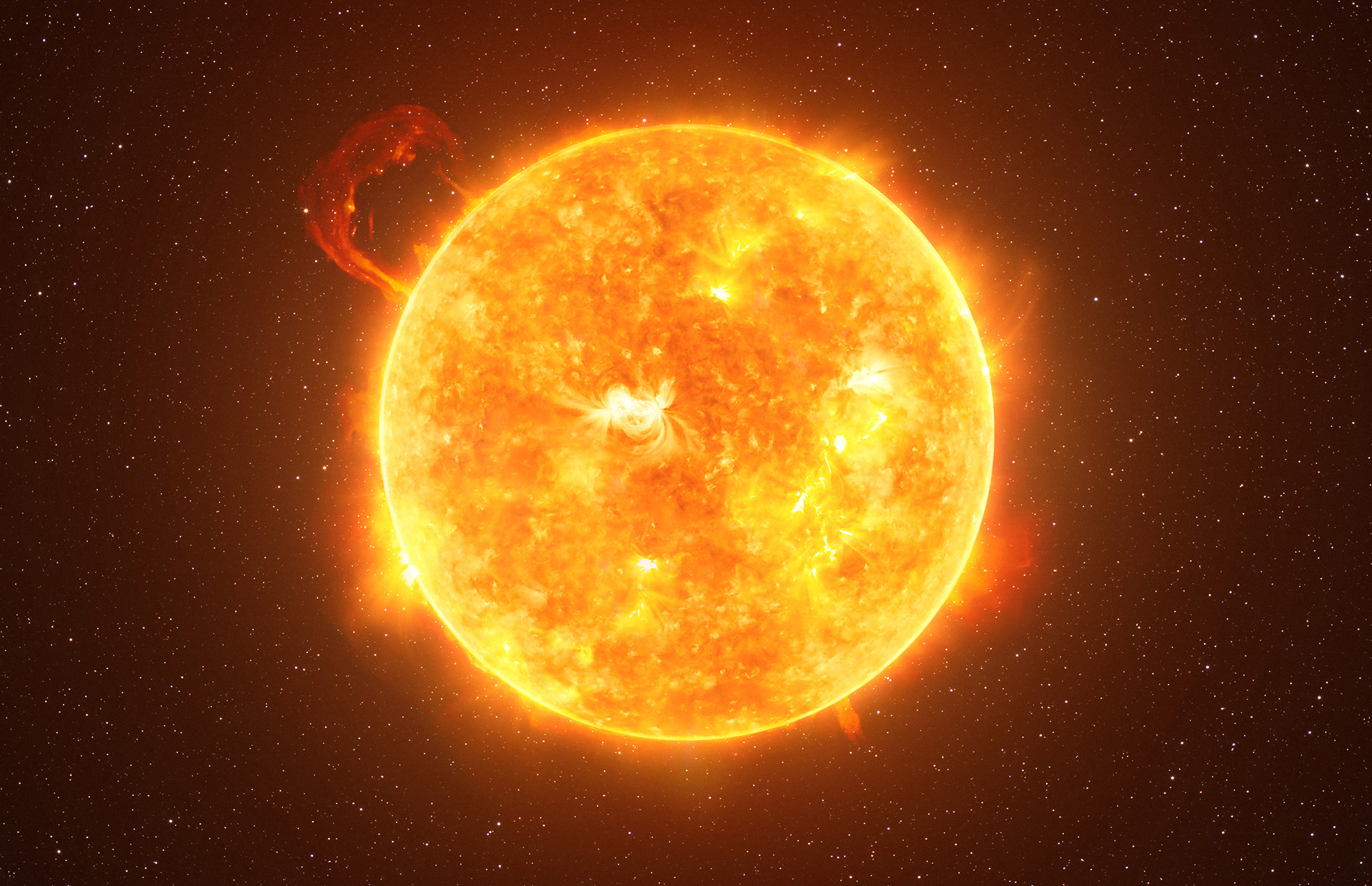There’s a lot we still don’t know about the Sun. While missions like NASA’s Parker Probe will help enlighten us, scientists continue to discover new things that are quite baffling. In fact, scientists are currently baffled by a new type of wave discovered in the Sun. The new waves in the Sun have never been observed before.
The waves are located inside the Sun and move in the opposite direction of the star’s rotation at an insane speed that seems to defy understanding. The scientists published a new study on the waves and say that the discovery promises “fresh insights into solar dynamics.”
These mysterious waves in the Sun have scientists scratching their heads

Chris Hanson, a research associate at New York University Abu Dhabi, and other researchers spotted the waves while looking through multiple years’ worth of observations centered around the Sun. While looking through the data, the researchers noticed new patterns swirling along the Sun’s surface. They believe high-frequency retrograde (HFR) waves in the Sun created the patterns.
Hanson told Vice that they weren’t looking for the waves. They were trying to find data to back up the belief that the Sun contains giant convective cells. Instead, the team discovered these new HFR waves. Hanson says that the researchers originally believed the signatures were the cells that they were looking for. However, they ruled out that possibility when digging deeper.
Upon discovery, the researchers also believed that the waves could be a faster version of Rossby-Haurwitz waves. They say that interactions with the Sun’s other forces could supercharge the waves. However, that explanation came up short of completely defining the new waves in the Sun. The new waves travel three times faster than Rossby-Haurwitz waves, and that speed is currently unexplainable with our current models of the Sun.
Digging deeper into the possibilities

Ultimately, the researchers believe the new waves could provide additional insight into the physics at play in the interior of the Sun. The study says that current models of the Sun have missing or incomplete elements to help determine the mechanism that causes HFR waves.
If we can dig into the possibilities and fully understand this new discovery, though, Hanson and his colleagues believe we could have a deeper understanding of the interior of the Sun and stars like it. For the recent study, the researchers looked through 24 years of images captured using the Global Oscillation Network Group. They also searched through 10 years of observations captured using the space-bound Helioseismic and Magnetic Imager (HMI).
The researchers plan to dig deeper into the possible origin of these waves in the Sun. To do that, though, we’ll need complex models of the Sun’s interior. Unfortunately, observing that part of the sun isn’t easy. We can’t rely on conventional telescopes, like those used to capture current images of the Sun, to do so safely.
If we can overcome these challenges, though, Hanson says it could provide new insight into the structures of other stars out there, too.








